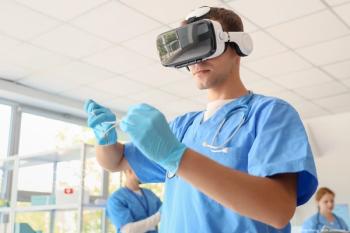
Virtual reality and artificial intelligence are reshaping medical education.

Virtual reality and artificial intelligence are reshaping medical education.

Alfredo Sadun, MD, PhD, details an unexpected outcome from a gene therapy in development for Leber hereditary optic neuropathy (LHON).

Recapping the Heidelberg Engineering International SPECTRALIS Symposium—and Beyond.
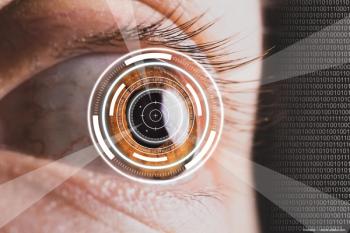
Surgical tools improve Schlemm canal access and enable earlier glaucoma care.
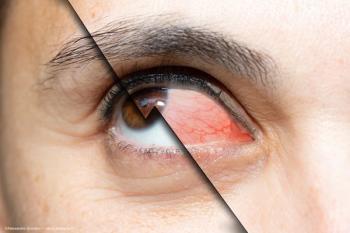
A novel use of minor salivary glands offers lasting relief and visual improvement.

Innovation, adaptability, and clear communication are key to managing outcomes.

Surgeons navigate unpredictable healing and anatomy with customized strategies.
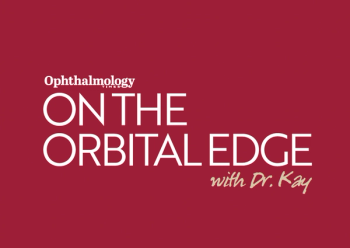
Understand the anatomical risks, technique-specific benefits, and patient selection criteria

Advances address a need for the growing populace with age-related near vision loss.

Fovea-sparing, multifocal, and bilateral lesions exhibited the fastest growth rates.

Maturing of the vestibulo-ocular reflex is independent of sensory input

Marguerite B. McDonald, MD, FACS, shares a front-row view of ophthalmology’s “revolution with a capital R."

Advanced imaging and awareness of systemic risk factors are essential.

Hidden signs of systemic disease, including heart attacks, may first reveal themselves through visual symptoms or subtle patient cues in the exam chair.

Current applications and future outlook on integrating robotic technology in the operating room.
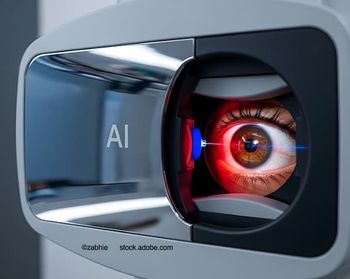
Real-time data analysis and intelligent automation help streamline key steps.

Robotic laser arcuate incisions reduce variability and residual astigmatism.